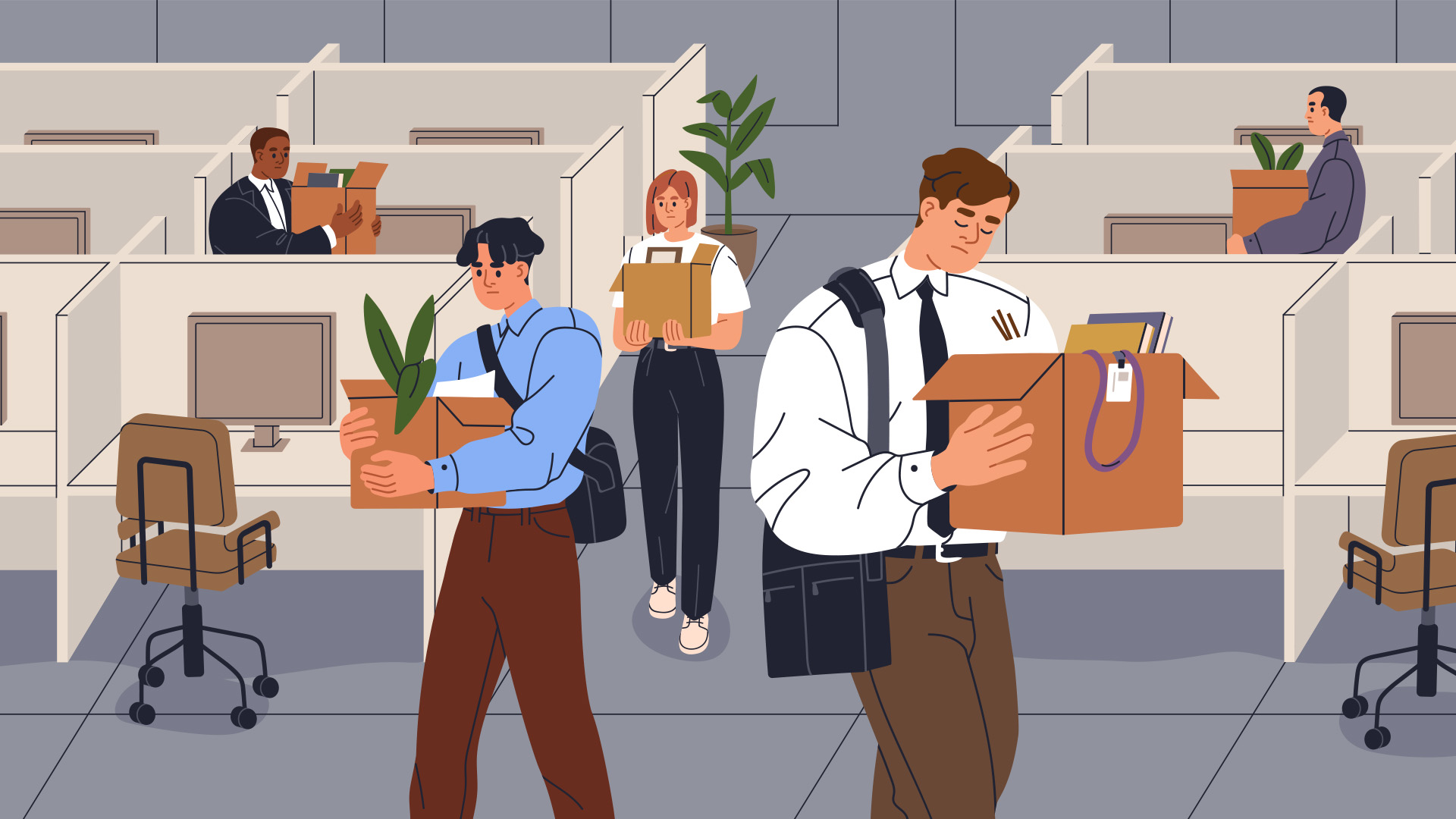Every CEO wants their employees to work smarter. To do more with less.
Successful disruptors often address this issue.
A good example is Purplebricks, the hybrid estate agent that has reworked the traditional estate agent’s job and removed a huge slice of the admin associated with the role. Their local property experts spend all their time selling homes and none drumming up business or undertaking back office admin tasks.
Car maintenance start-up Fixter connects independent garages with customers, picking up a car from a customer’s home or workplace and taking it to a specially vetted local garage. Garages spend too much time on admin – scheduling bookings, suppliers, tax, invoices. But Fixter feeds these independent garages with jobs while providing them with the technology to provide instant quotes and accurate parts matching and ordering. Do customers care the garage isn’t spending all that time doing paperwork? Of course not – they want a simple, quality service from a trustworthy independent garage.
Which brings me to the health sector.
A huge issue for the health service is the amount of time that doctors are spending not seeing patients; on admin, travel, scheduling amongst other tasks. In a climate of staff shortages and limited budgets, GP practices are struggling to cope with patient demand. Patients are currently waiting an average of around 13 days to see their doctor – with some forecasts suggesting that might rise to three weeks.
From a patient’s point of view the 13-day wait is already far from ideal. And, course, your appointment is only for one illness. If you have three things you need to see the doctor about, you are likely to need three separate appointments. It’s going to take you a long time to get those booked in, that’s all time spent not getting better.
Until April 2014, the standard GP appointment slot in England was fixed at 10 minutes and although the length can now be varied, the NHS Choices website tells patients they should expect doctors to spend an average of 8-10 minutes with them.
With challenges in recruiting more GPs to the UK and funding already stretched, the only way that the NHS (in its current guise) could reduce waiting times would be to increase the number of patients each GP has to see every day. That would clearly be a retrograde step for the health service, for doctors who are already stretched and for patients, who can already struggle to get the help they need. You can’t cut the consultation down much further, especially with an ageing population with complicated, multiple health needs that cannot be properly treated within a much shorter timeframe.
But there is another way.
Push Doctor doesn’t do admin on behalf of the NHS individual surgeries. We focus on the provision of care online and via our hassle-free healthcare app, allowing patients to get the diagnosis, advice, and treatment they need via a video consultation. Our appointments (currently £30 pay as you go or membership which is an upfront payment of £30 or £3 a month) are booked in 10-minute slots and appointments can always be extended as needed. We only work with GMC-registered and NHS trained doctors with experience in NHS clinics, private clinics, or both. So there’s no difference in service – other than the consultation taking place on your smartphone, tablet or desktop rather than face-to-face. Push Doctor is not a niche new offering – with thousands of appointments being delivered each week, hundreds of thousands of patients have now been able to access the help they need, and audits show that over 95% get the help they need via their first video consultation, without the need for face-to-face care.
With Push Doctor someone can pick an appointment time to be seen in under 10 minutes rather than 13 days. And our service is available every day of the year from 6am until 11pm.
Now, this isn’t an advert for Push DoctorBut the contrast, in terms of delivery, is currently very stark indeed.
How ?
The difference is, of course, in the admin. At Push Doctor we want doctors to focus on the diagnosis alone and to improve efficiency, with centralised medical and customer experience teams supporting them around the clock. Digital healthcare increases the ability of doctors to work flexibly and can improve doctors’ working environments while enabling them to treat more people, often unlocking hours that wouldn’t previously have been practical for them. With a digitally empowered platform and smart technology, Push Doctor can also maximise the effectiveness of the workforce which is no longer limited by geographical location. The effective use of technology to remove admin and travel out of a doctor’s day is one of the reasons that the country’s medical tech sector is thriving. According to PwC, the global “connected healthcare” market is expected to expand by a third every year, reaching £37bn by 2020. The UK, it predicts, will grab five per cent — or nearly £2bn — of this.
Currently, GPs currently spend 11 per cent of their time on administration. In an age of large-scale cloud computing, many GP surgeries still retain stacks of paper patient records and operate clunky legacy IT systems. When you add commuting and other administrative roles to the paperwork, 45% of a GP’s time is not being spent on patients. Now overlay best-in-class digital healthcare technology onto the NHS. So much more could be done with the application of advanced automation and centralised support to close that gap. Do patients miss the admin? It appears not – something our significant 230% year-on-year subscription increase shows.
Not only does digital healthcare have the potential to free up NHS capacity and help the health service to offer better care to people who still choose to see their GP in the surgery, there is already evidence that waiting times for face-to-face appointments are falling due to apps.
Another example of a disruptor doing more, with less.
By, Wais Shaifta CEO of Push Doctor












